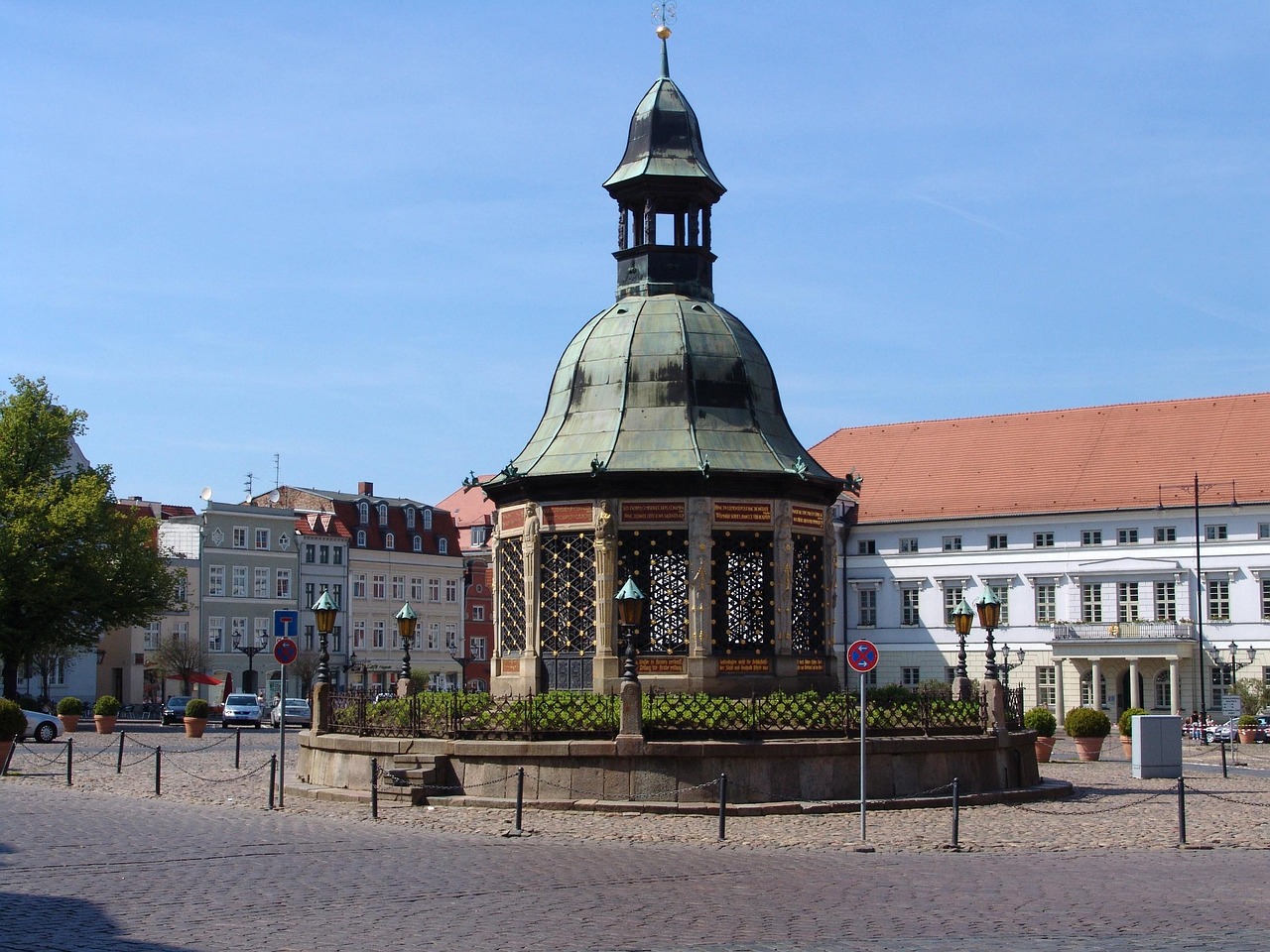
NFT Marketplaces: A Comprehensive Comparison
The NFT marketplace landscape has evolved dramatically, offering creators and collectors diverse platforms with unique features and fee structures. Choosing the right marketplace can significantly impact your success in the NFT space.
OpenSea: The Industry Giant
As the largest NFT marketplace, OpenSea dominates with its extensive user base and comprehensive features.
Strengths:
- Massive Liquidity: Highest trading volumes and user base
- Multi-Chain Support: Ethereum, Polygon, Solana, Arbitrum, and more
- Easy Minting: Gasless minting on Polygon
- Comprehensive Tools: Bulk uploads, rarity rankings, analytics
Fee Structure:
- Platform fee: 2.5% on sales
- Creator royalties: Up to 10% (customizable)
- Gas fees vary by network
Best For:
Established artists wanting maximum exposure, collectors seeking liquidity, and anyone new to NFTs looking for a user-friendly experience.
Blur: The Pro Trader's Choice
Blur has rapidly gained market share by catering to professional NFT traders with advanced features and competitive fees.
Strengths:
- Zero Platform Fees: No marketplace fees on trades
- Advanced Trading Tools: Portfolio tracking, sweep tools, and analytics
- Fast Execution: Optimized for high-frequency trading
- Airdrop Incentives: BLUR token rewards for users
Fee Structure:
- Platform fee: 0%
- Optional creator royalties
- Gas optimization features
Best For:
Professional traders, volume buyers, and those prioritizing speed and low fees over creator royalties.
Foundation: Curated Art Platform
Foundation focuses on high-quality digital art with an invite-based creator model ensuring curation.
Strengths:
- Curated Community: Quality over quantity approach
- Artist-Friendly: Built specifically for digital artists
- Clean Interface: Gallery-like presentation
- Social Features: Following, collections, and discovery
Fee Structure:
- Platform fee: 5% on primary sales
- Creator royalties: 10% on secondary sales
- Ethereum network only
Best For:
Serious digital artists, collectors of fine art NFTs, and those valuing curation and community.
Rarible: Community-Governed Marketplace
Rarible distinguishes itself through DAO governance and multi-chain support.
Strengths:
- Multi-Chain: Ethereum, Flow, Tezos, Polygon
- RARI Token: Governance and rewards
- Lazy Minting: Gasless NFT creation
- Aggregation: Shows listings from other marketplaces
Fee Structure:
- Platform fee: 2.5% (buyer and seller)
- Creator royalties: Customizable
- Variable gas fees by chain
Best For:
Creators wanting community governance participation, multi-chain artists, and those seeking aggregated liquidity.
Magic Eden: Solana's Premier Marketplace
Originally Solana-focused, Magic Eden has expanded to become a multi-chain powerhouse.
Strengths:
- Low Fees: Solana's cheap transactions
- Fast Trading: Near-instant transactions
- Launchpad: Exclusive NFT drops
- Multi-Chain: Now supports Ethereum, Polygon, Bitcoin
Fee Structure:
- Platform fee: 2% on Solana, varies on other chains
- Creator royalties: Optional (controversial change)
- Minimal gas fees on Solana
Best For:
Solana NFT enthusiasts, gaming NFT collectors, and those seeking low-cost trading.
SuperRare: Fine Art Focus
SuperRare positions itself as the Christie's of NFTs, focusing exclusively on high-end digital art.
Strengths:
- Exclusive Curation: Highly selective artist approval
- Premium Art: Focus on museum-quality pieces
- Artist Support: Strong creator royalties enforcement
- Collector Network: Serious art collectors
Fee Structure:
- Platform fee: 15% on primary sales, 3% on secondary
- Creator royalties: 10% on secondary sales
- Ethereum only
Best For:
Established digital artists, serious art collectors, and those focusing on investment-grade pieces.
Key Factors to Consider
1. Blockchain Network
- Ethereum: Highest liquidity but expensive gas
- Solana: Fast and cheap but smaller market
- Polygon: Low costs with Ethereum compatibility
- Tezos: Energy-efficient and eco-friendly
2. Fee Structure
Calculate total costs including platform fees, creator royalties, and gas fees. Sometimes a higher-fee marketplace with better liquidity is more cost-effective overall.
3. Target Audience
Match your marketplace to your audience. Digital art collectors prefer curated platforms, while gaming NFTs do better on gaming-focused marketplaces.
4. Creator Royalties
Some platforms enforce royalties, others make them optional. This significantly impacts long-term creator earnings.
Multi-Marketplace Strategy
Many successful creators use multiple marketplaces:
- List on OpenSea for maximum exposure
- Feature premium pieces on Foundation or SuperRare
- Use platform-specific drops for exclusivity
- Experiment with different chains for different collections
Conclusion
There's no single "best" NFT marketplace—the right choice depends on your specific needs, target audience, and artistic goals. OpenSea offers the broadest reach, Blur serves professional traders, Foundation appeals to fine artists, and Magic Eden dominates Solana.
Consider starting with OpenSea for its user-friendly interface and large audience, then expanding to specialized platforms as you understand your collector base better. Monitor marketplace trends, as the NFT landscape continues evolving rapidly.
Learn to Create and Sell NFTs
Master NFT creation, minting, and marketing with our step-by-step tutorials.
Explore NFT Tutorials